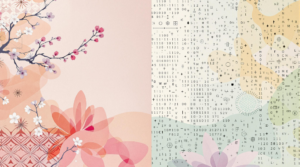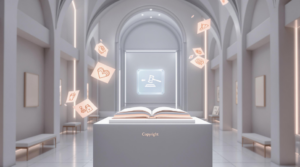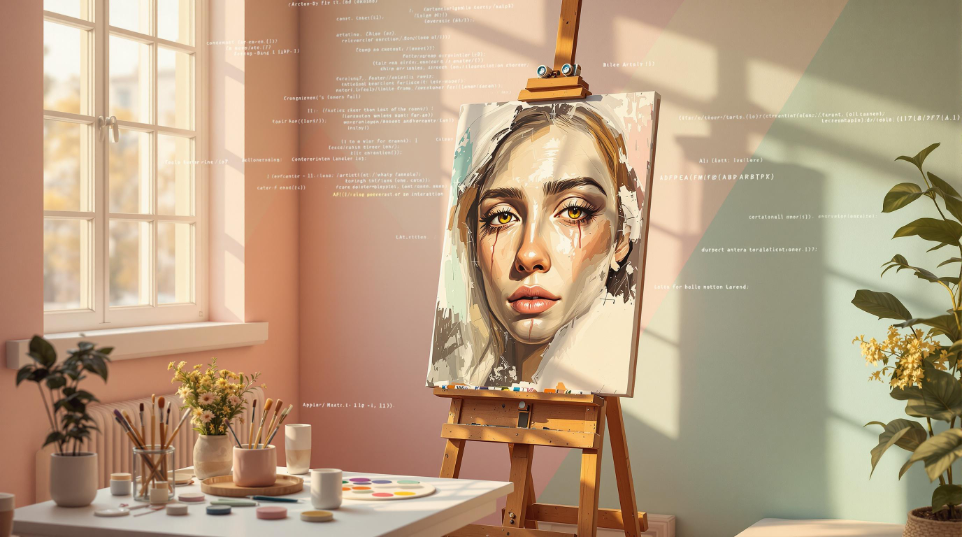AI Art Debate: Key Arguments Artists Should Use Against AI
The Human Element in Artistic Creation
In the heart of the AI art debate, artists often highlight how human creativity brings depth that machines simply can’t replicate. Imagine a painting that captures the raw emotion of loss – it’s not just colors on canvas; it’s a piece of the artist’s soul, shaped by personal experiences and cultural nuances. This emotional core sets human art apart from AI-generated works, which rely on algorithms trained on vast datasets without true understanding or intent.
Have you ever wondered why a gallery-goer’s favorite piece feels alive? It’s because of the artist’s lived reality infused into every stroke. According to a 2023 study by the National Endowment for the Arts, audiences consistently rate human-created art higher for its authenticity, underscoring why this AI art debate matters for preserving artistic value.
Emotional Depth & Intentionality
AI might mimic styles, but it lacks the intentionality that drives human emotion in art. For instance, when an artist like Frida Kahlo painted her self-portraits, she poured in personal pain and resilience – something an AI can’t genuinely feel or convey. This absence of emotional depth often leaves AI art feeling hollow, as noted in a PBS report on AI’s limitations in creative fields.
Artists can argue that without this human element, AI-generated pieces fail to connect on a profound level. A 2024 survey from Georgia State University found that 78% of art enthusiasts could spot AI works due to their lack of emotional resonance, making it a key point in the ongoing AI art debate.
Life Experience and Authenticity
Every artist’s journey is unique, drawing from real-life experiences that add layers of authenticity to their work. Think about how street artists in urban settings reflect societal issues – it’s a direct response to their environment, not a programmed output. AI, however, draws from pre-existing data, often stripping away the nuanced storytelling that comes from human life.
This authenticity is what gives art its power to inspire change. In the AI art debate, emphasizing how AI overlooks these personal narratives can help artists advocate for the irreplaceable role of human perspective.
Originality and Creative Limitations
One of the strongest arguments in the AI art debate centers on originality – can AI truly innovate, or is it just remixing what’s already out there? Human artists start with fresh ideas, pushing boundaries based on imagination, while AI is confined to its training data, often leading to repetitive results. For example, lawsuits like Andersen v. Stability AI reveal how AI tools scrape millions of images without creating anything wholly new.
This limitation raises questions: If AI can’t generate truly original concepts, does it undermine the essence of art? Let’s break it down further to see why artists should highlight this in discussions.
Data Dependency and Bias
AI art relies heavily on datasets that include biased or unoriginal sources, which can perpetuate stereotypes and limit diversity. A study from MIT in 2023 showed that AI-generated art often reflects the imbalances in its training data, such as overrepresenting certain cultural styles. Artists can point out that this dependency means AI art isn’t a level playing field – it’s echoing the past rather than forging ahead.
In the AI art debate, this bias argument helps underscore how human creators bring fresh, unbiased perspectives shaped by real-world interactions.
Repetition vs Innovation
Human innovation thrives on breaking molds, but AI tends to repeat patterns from its inputs, stifling true creativity. Consider how Picasso revolutionized art with Cubism – it was a bold, original leap, not a derivative algorithm. AI, on the other hand, struggles to innovate beyond what it’s been fed, as evidenced by the Copyright Office’s 2023 ruling that AI-generated works lack human authorship.
Artists fighting in the AI art debate can use this to argue for protecting spaces where genuine innovation flourishes.

Ethical and Legal Concerns
The AI art debate isn’t just about creativity; it’s deeply tied to ethics and law, especially with ongoing lawsuits against companies like Stability AI. Artists like McKernan, Ortiz, and Andersen have filed class-action suits claiming AI infringes on copyrights by using their works without permission. This highlights a major flaw: AI development often exploits existing art without consent, raising questions about fairness and intellectual property.
What if your life’s work was used to train a machine that competes with you? That’s the reality many artists face, making ethical arguments essential in this debate.
Copyright Infringement Issues
AI systems frequently violate copyright by scraping and repurposing artists’ works on a massive scale. For instance, Stability AI’s dataset includes over 500 million images, many without proper licensing, leading to legal battles. Artists can counter this by demanding transparency and compensation, as seen in the 2023 lawsuits that exposed these practices.
- Unauthorized use of copyrighted material
- Risks of style imitation and forgery
- Market competition from AI outputs

Ownership Ambiguities
Who owns AI-generated art? The creator of the AI, the user, or no one? The U.S. Copyright Office’s decision in 2023 stated that works purely generated by AI aren’t eligible for copyright, creating confusion and potential exploitation. In the AI art debate, artists should push for clearer laws to protect their rights and ensure accountability.
This ambiguity not only devalues human effort but also opens doors to unethical practices in the art world.
Economic and Cultural Impact
From an economic standpoint, the AI art debate reveals how AI threatens artists’ livelihoods by automating what was once skilled labor. A 2024 NEA report indicated a 50% drop in freelance art opportunities due to AI tools, forcing many to compete with free or cheap alternatives. Culturally, this could lead to a homogenized art scene, where diverse voices are drowned out by algorithmic outputs.
Is art meant to be a quick generate button, or a reflection of human society? Artists must address these impacts to safeguard their professions.
Devaluation of Artistic Skills
Years of honing skills can be undercut by AI that produces “art” in seconds, devaluing the time and effort invested. For example, traditional illustrators are seeing job losses as companies opt for AI for cost-saving. In the AI art debate, emphasizing the irreplaceable value of human expertise is crucial for economic advocacy.
- Reduced demand for human-created commissions
- Lower wages in creative industries
- Loss of motivation for aspiring artists
Threat to Artistic Diversity
AI’s reliance on dominant datasets risks erasing cultural diversity, promoting a standardized aesthetic over unique traditions. A UNESCO report from 2024 warned that this could stifle global artistic expression. Artists in the AI art debate should rally for policies that preserve cultural richness and support underrepresented creators.
The Path Forward
To navigate the AI art debate, artists need proactive strategies that balance innovation with protection. This includes advocating for regulations that require AI companies to use opt-in datasets and pay royalties. By pushing for ethical AI development, artists can ensure technology enhances rather than replaces human creativity.
What steps can you take as an artist? Start by joining communities or campaigns that demand transparency in AI practices.
Protecting Human Creativity
One effective approach is lobbying for updated copyright laws that explicitly cover AI-related infringements. Artists could also create hybrid models where AI assists in mundane tasks, leaving the core creative process human-led. Internal link: For more on this, check out our guide on AI Ethics for Creatives.
Ethical AI Development
Encouraging ethical practices means demanding transparency in training data and fair compensation. External link: As discussed in a PBS article here, collaboration between artists and tech firms could lead to better outcomes. Internal link: Learn about successful cases in our post on Ethical AI in Art.
Conclusion
In wrapping up the AI art debate, it’s clear that artists hold powerful arguments centered on human emotion, originality, ethics, and economic fairness. By voicing these concerns, the art community can foster a future where AI complements rather than competes with human talent. Remember, art is more than output – it’s a testament to our shared humanity.
We’d love to hear your thoughts: How has the AI art debate affected your work? Share in the comments below, and explore more resources on our site for actionable tips.
References
-
- National Endowment for the Arts. (2023). “Audience Preferences in Art.” Retrieved from arts.gov/research.
- Georgia State University. (2024). “Study on Emotional Resonance in Art.” Retrieved from gsu.edu/study-art-emotion.
- MIT. (2023). “Bias in AI-Generated Art.” Retrieved from mit.edu/ai-bias-report.
- UNESCO. (2024). “Cultural Impact of AI on Art.” Retrieved from unesco.org/ai-culture-report.
- PBS. (2023). “AI Art Debate Coverage.” Retrieved from pbs.org/newshour/arts/ai-art-debate.

